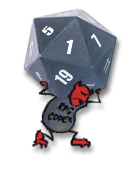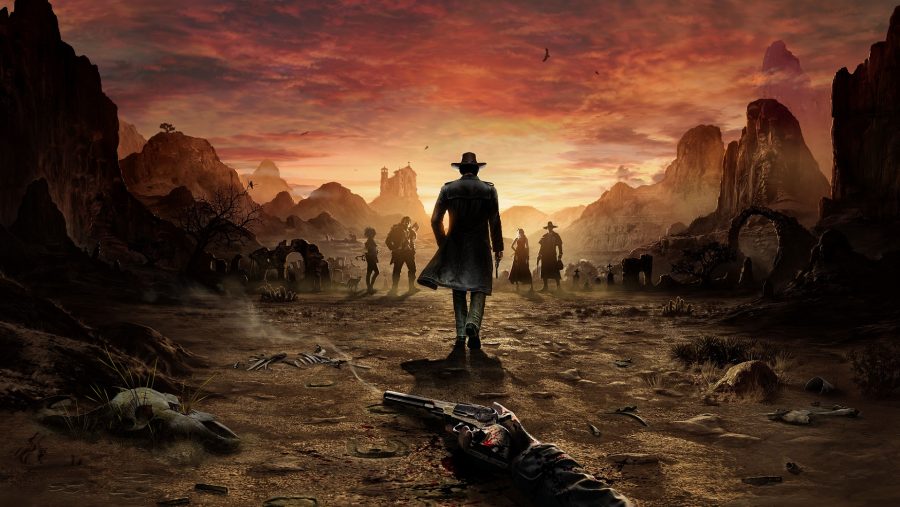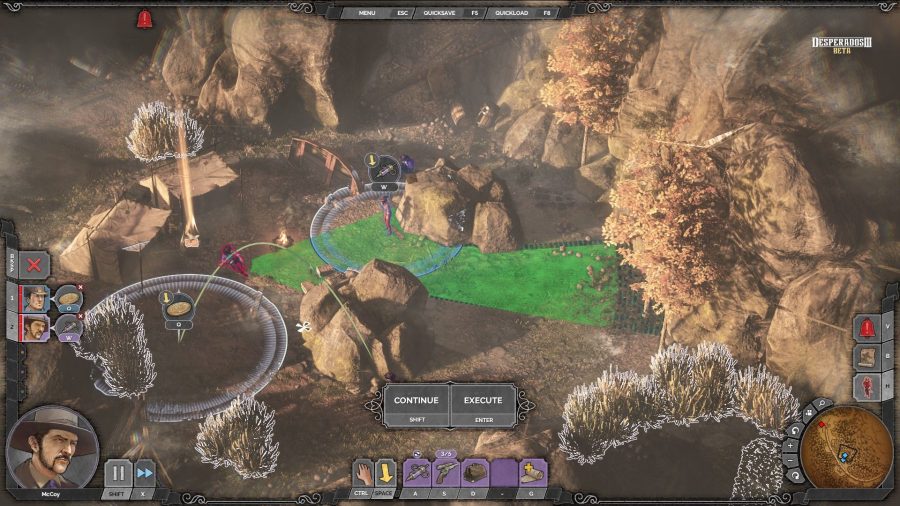The enlightened decision to embrace the reality of ‘save-scumming’ is the final bit of grease that keeps me frictionlessly engaged in the fun of Desperados III. Quicksaves are near-instant and – obviously – mapped to a single hotkey, as are quickloads. Desperados III also sensibly rotates three quicksave slots, so if you find yourself having followed a losing strategy too far, you can backtrack several steps.
The game will even remind you to quicksave with an on-screen prompt if you haven’t done so for 60 seconds (frankly, this gets a little annoying – I hope it goes away, or that there is an option to make it do so, after the habit has had a chance to form). As a slick tutorial makes clear, learning through failure is a core part of the game’s design, so frequent save-scumming is intended –
I would happily see more strategy and tactics games embrace this trend.
In light of all this, and of Commandos’ lamentable absence, Desperados’ naked imitation of so much else about it is charmingly nostalgic rather than teeth-gratingly derivative. From presentation to premise, this is the modern Commandos game that I only realise I’ve been missing as I play it. I’m smiling from the first isometric glimpse of the distinctively crisp graphics and smiling harder as I bring up a familiar two-part green view-cone, sweeping the level as if people really do move their heads from side to side all day long.
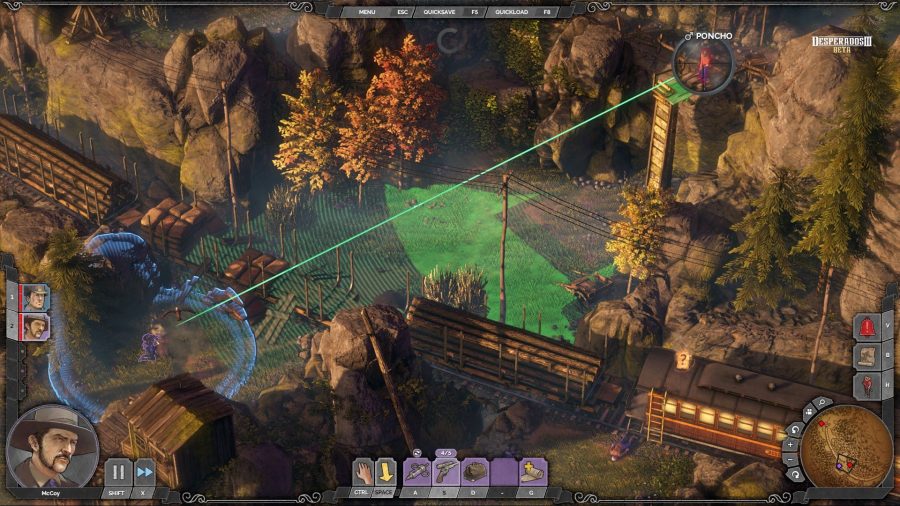
Like Commandos, this is a squad tactics game with a heavy emphasis on stealth. You have a group of characters with various abilities, both passive – Hector has the most health and can carry two bodies at once, while Cooper is the most agile, able to swim and climb more than just ladders – and active.
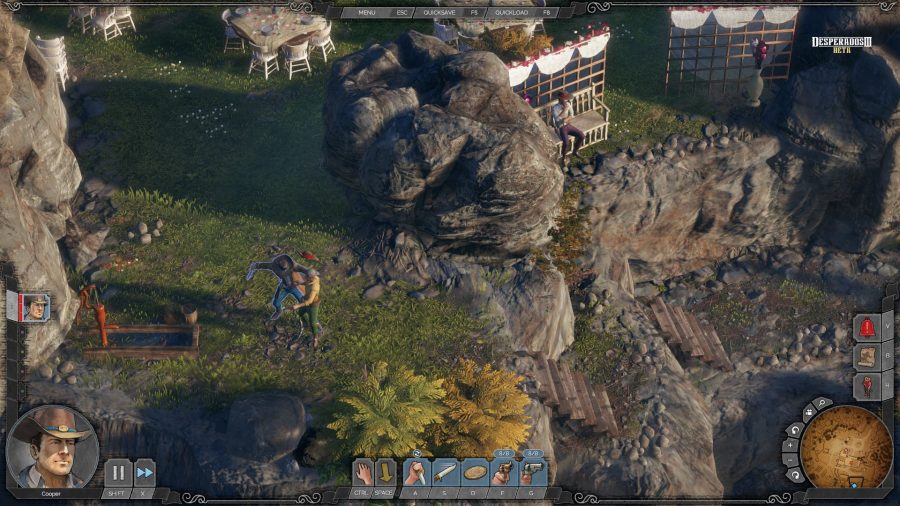
There are self-aware winks to the genre’s ‘gamey-ness’: Hector’s comically large bear trap is described as “surprisingly stealthy” to hurry you past the fact that guards won’t notice it lying right in front of them, even though the big trapper has to wear it across his back. A class of diligent guards who distract less easily are indicated as such by simply wearing ponchos – why would a poncho-wearing guard be more diligent? McCoy’s brush-off – “trust me, I know the type” – is the only explanation given.
The whole thing is tied together with a stylish, suitably twangy Western score; a tighter focus on narrative than Commandos ever had, telling a character-driven story with plenty of in-engine cutscenes; and a delightful attention to detail. The game is full of lovely little touches that raise smiles of appreciation, such as when I spy a lizard skittering across a sunbaked street. I love stuff like this. It’s what lets you know a game has been made by people who give a shit.
Those people would be Mimimi Productions, who most recently gave us Shadow Tactics: Blades of the Shogun. Released at the end of 2016, that was probably the latest game in this ‘Commandos-like’ subgenre of stealth tactics. On that and this evidence, a wise choice by THQ Nordic to revive Desperados.
Having missed the earlier games in the series, I came into Desperados III with no real expectations. I’m sure that will have helped my feeling of pleasant surprise, but I doubt any fan of the genre, or anyone who misses Commandos, will be disappointed. To say Desperados III wears its influences on its sleeve is like saying Liberace liked clothes, but those influences have been sorely missed, and Desperados builds on them with thought and care. I’m only part-way through the third mission, but so far, Desperados III has earned the right to sit on Commandos’ long-empty throne.

